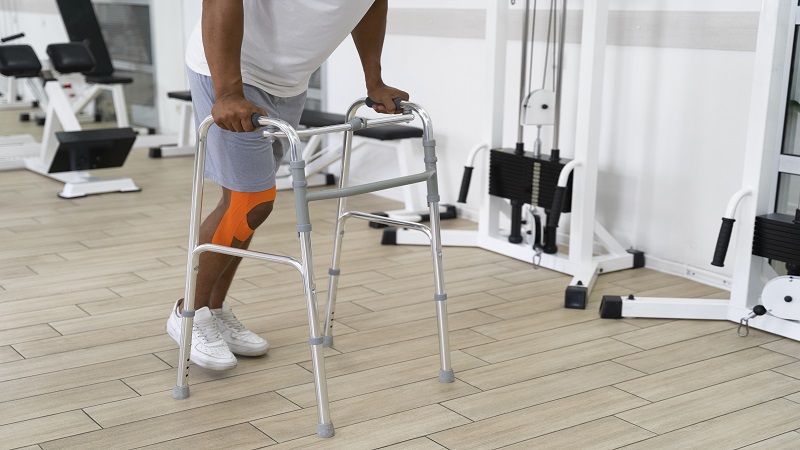Investing time and effort in self-care as one grows older is one of the best things one can do. Investing in self-care and spending time is one of the best things as one grows older. Orthopedics and pediatric walkers come in the form of wheelchairs designed to aid mobility, safety, longevity, and flexibility in equal measure. Such mobility aids also provide children the ability to go to school, and help with daily chores, thus leading to a more energizing and self-assured lifestyle.
Why Wheelchairs for Children are Essential
Supporting Independence
Children’s wheelchairs are designed to meet specific physical parameters of a child, and allow movement without complete reliance on a caregiver.
Custom Fit for Growth
As compared to adult wheelchairs, pediatric wheelchairs can be adjusted to suit the child, hence prolonged use.
Enhancing Social Interaction
The children with wheelchair dependency are given an opportunity to participate in the school life and other activities like other classes, and thus they feel self-confident and improved social skills.
Key Features of Wheelchairs for Children
Lightweight and Portable Designs
A number of children’s wheelchairs are designed with lightweight frames, and for this reason very easy for parents to carry around.
Safety Features
Pediatric wheelchairs have harnesses, anti-tip wheels, paddings, and other features designed specifically for comfort, and safe use to enhance safety during use.
Adaptability
Some pediatric chairs come with customizable seats and backrests which can recline with the child and with the ability to remove or rest feet to grow with the child.
The Role of Pediatric Walker in Child Development
A pediatric walker is another essential mobility aid created with the intent of supporting children that can approximate bear weight but need assist with walking.
Building Confidence in Movement
Pediatric walkers help children to master the skills of balance and can build muscles in order to walk without support. Pediatric walkers are prescribed to children in need of physical therapy for posture, mobility, and gait improvement. The current generation of pediatric walkers is lightweight, foldable and has powerful wheels to move around both outdoors and indoors.
Choosing Between Wheelchairs for Children and Pediatric Walker
Assessing Medical Needs
Children with minimal strength or serious ability to move are more likely to benefit from the wheelchairs for children than those with moderate difficulties.
Consulting Professionals
To understand if their child is more suited to a wheelchair or pediatric walker, the child’s parents need advice from the pediatrician and physical therapist.
Considering Lifestyle
Pediatric walkers for energetic children offer more chances to practice movement, while wheelchairs provide more comfort outdoors for prolonged periods.
Benefits of Wheelchairs for Children and Pediatric Walker
Promotes Independence
Children facing mobility challenges can partake and enjoy activities during school and home in addition to spending time with family.
Enhances Physical Development
Children’s wheelchairs also maintain an ergonomic wheelchair and posture for spine and posture while pediatric walkers assist in coordination and muscular strength.
Psychological and Emotional Growth
Their self and social value may be hampered due to self frustration and not being able to interact with peers, but mobility aids encourage peers interaction.
How to Choose the Right Option
Comfort and Adjustability
Children’s wheelchairs and pediatric walkers should consider changeable designs to accommodate mobility. Check for lightweight, protective against injuries , and strong framework to avoid unnecessary accidents. Pediatric walkers and wheelchairs might have insurance coverage, hence, parents should assess the accessible financial supplies.
Maintenance Tips for Wheelchairs for Children and Pediatric Walker
- Check for depreciation of wheels, brake functionality, and seat quality.
- Walker or wheelchair frames should be cleaned for disease controlling purposes.
- Footrests, straps, or handles should be adjusted for comfort and protective measures.
Conclusion
Selecting appropriate wheelchairs for children and a pediatric walker is a revolutionary step for every family. These aids empower children to become active participants in various aspects of life. With the appropriate instructions and professional counsel, parents can attain the most favorable alternative that uplift their child’s life while simultaneously instilling confidence and freedom.
